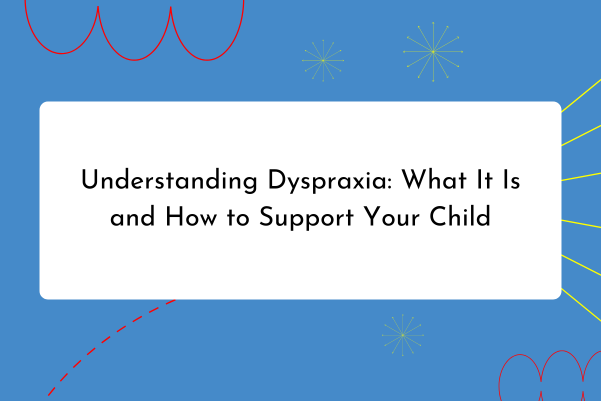Understanding Generalized Anxiety Disorder (GAD) in Children
Generalized Anxiety Disorder (GAD) is a condition where a child experiences excessive and persistent worry about various aspects of life. Unlike normal childhood anxieties, GAD involves ongoing and overwhelming concerns that are hard for the child to control. These worries can range from everyday matters to more abstract fears about the future.
Signs Your Child Might Have GAD
Recognizing GAD in children can be tricky, but common signs include:
- Excessive Worry: Your child might worry about multiple areas of life, even when there’s no immediate threat or reason.
- Physical Symptoms: Complaints of headaches, stomachaches, or muscle tension can be linked to anxiety.
- Restlessness or Irritability: Look for signs of restlessness, fidgeting, or irritability that seem out of proportion to the situation.
- Sleep Difficulties: Trouble falling asleep or frequent night waking can be signs of anxiety.
- Avoidance Behavior: Your child may avoid situations or activities they fear, like school or social gatherings.
How to Support Your Child with GAD
Supporting a child with GAD involves understanding their feelings and implementing strategies to help manage their anxiety. Here’s how you can make a difference:
- Encourage Open Communication
Create a safe space for your child to express their worries. Let them know it’s okay to talk about their feelings and reassure them that their concerns are valid. - Teach Coping Strategies
Introduce relaxation techniques such as deep breathing, progressive muscle relaxation, and mindfulness. These methods can help your child manage anxiety on their own. - Establish a Routine
A predictable daily schedule can provide stability and reduce anxiety. Consistent meal times, bedtime routines, and homework schedules can be reassuring for your child. - Promote Healthy Habits
Ensure your child gets regular physical activity, eats a balanced diet, and has adequate sleep. Healthy habits support overall well-being and can help mitigate anxiety. - Support Problem-Solving
Encourage your child to break down their worries into smaller, manageable steps. Teach them to focus on solving specific problems rather than being overwhelmed by general fears. - Celebrate Achievements
Acknowledge and celebrate even small successes. This can build your child’s confidence and reduce anxiety about their abilities. - Seek Professional Help
If GAD is significantly impacting your child’s daily life, consider consulting a mental health professional. Therapies such as cognitive-behavioral therapy (CBT) can be highly effective in treating GAD.
Conclusion
Helping a child with Generalized Anxiety Disorder involves understanding their unique worries and providing support through communication, routine, and healthy habits. With the right strategies and professional guidance, you can help your child manage their anxiety and thrive.






